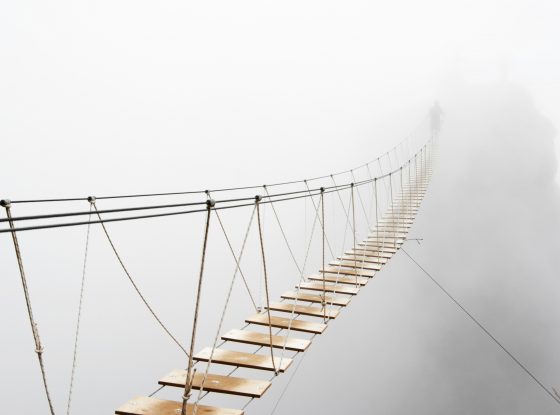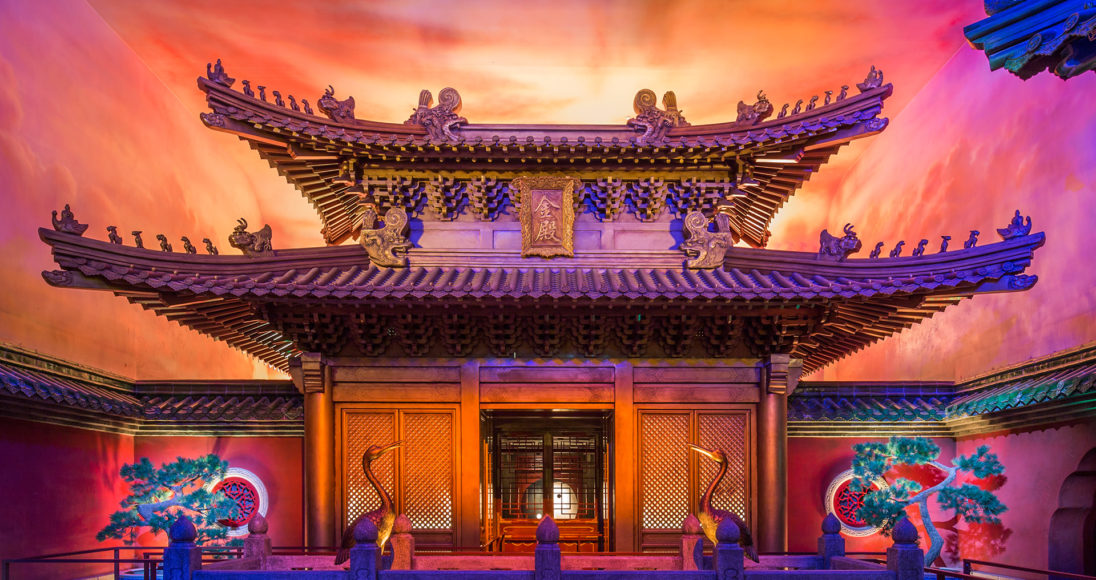6-12 SQUARE METRES (65-130 SQUARE FEET)
That’s how much elbow room per person you should plan for with an outdoor theme park, so your guests have room to breathe. So, if you’re going to attract 20,000 people to your park at one time, you will need 120,000-240,000 square metres (or 12-24 hectares).
20-25% BELOW PEAK
If you design only for the most popular days – like national holidays – your theme park will look a little empty the rest of the time. The secret is to plan for what’s called Design Day, which is usually 20-25% below peak capacity.
4 HOURS
On a peak day, that’s how long your guests could spend lining up for all the attractions they want to see. Think about providing things to do within the queue to improve the guest experience. Or use virtual queuing, which frees guests from physical line-ups, but helps build traffic for the park’s food and beverage services.
1.5 KM (ALMOST A MILE)
To walk an average theme park, your guests can clock a step count of almost 1.5 km, or nearly a mile. That doesn’t account for the fact that your guests may back-track or repeat the loop. All that walking means you need to plan places for rest and relaxation.
3,500 MEALS
Keeping your guests happy and inside the park means providing food and beverage facilities. To determine how much food is needed for the number of people expected per day, anticipate that one in every 2.8 theme park guests will want to dine. That means for every 10,000 guests approximately 3,500 meals will be served.
200 BENCHES
Given the amount of walking in the average theme park, guests need to take a load off. If you are entertaining 10,000 people in the park, plan on providing 200 benches; that’s roughly 2% of the peak in park.
10 TO 20 METRES
Keep your park clean, keep your guests happy. When guests use your retail or food and beverage services, they will eventually need somewhere to discard their waste. Locating a trash bin along main circulation every 10 to 20 metres (33-66 feet) ensures it ends up where it should and not on the ground.
3-5% SELFIES
Despite the selfie craze, more than 95% of all images taken at theme parks are NOT selfies. The more points of interest and unusual features your theme park offers, the more those photos will appear on social media.
1:80
If your guests plan to be at your park all day, you need to plan an adequate number of washrooms for them. The general rule is one toilet for every 80 guests in the park. A peak day of 10,000 guests means you’ll need 125 toilets available for use. And don’t forget about maintaining them too!
600,000 JOBS
Theme parks in the U.S. provide 100,000 full-time and 500,000 seasonal jobs. And that doesn’t count the construction jobs generated to build the park and the hospitality jobs surrounding the location.



